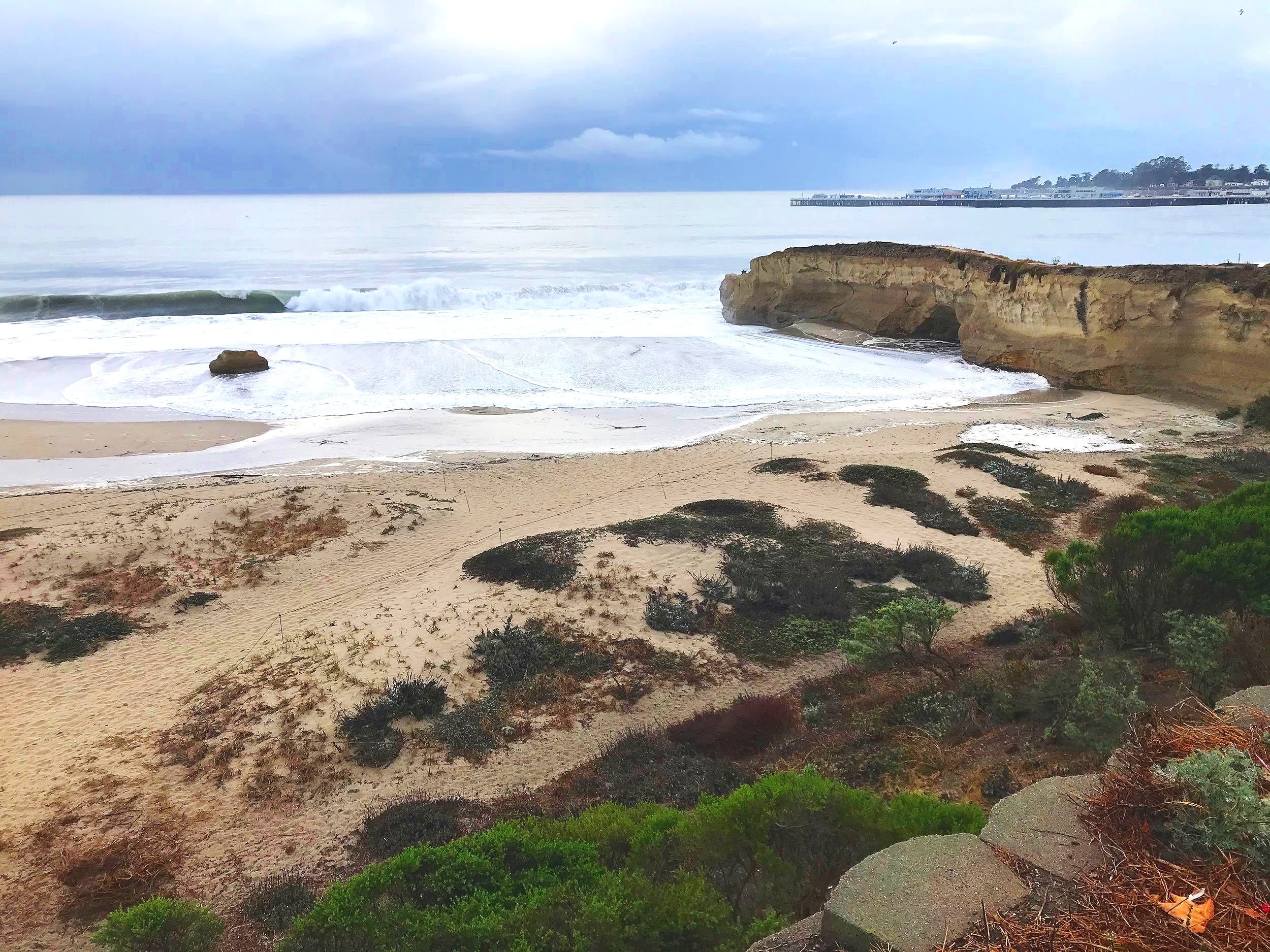
Monterey Bay Living Shoreline Program
What is the Monterey Bay Living Shoreline Program?
The Monterey Bay Living Shoreline Program (MBLSP) is developing the tools, strategies, and framework to help California State Parks manage and protect coastlines within the Monterey Bay region. The program focuses on planning and implementing nature-based projects that enhance coastal resilience against the impacts of climate change such as sea level rise, erosion, and coastal storms.
What is a living shoreline?
Living shorelines are nature-based approaches to coastal protection. They use natural elements like plants, sand, and shellfish instead of hard infrastructure, such as seawalls, to reduce erosion and buffer against sea level rise and storms. Living shorelines provide multiple benefits:
Protection from rising seas, storms, and erosion
Restoration of critical habitats for wildlife
Preservation of recreational and cultural values along the coast.
Source credit: Texas.gov
Program Components
Our overarching goal is to establish a program that will enhance the quality of the Monterey Bay coastline and foster resilience. We have identified six key components to guide our effort.
-
Develop a framework to prioritize sites for new nature-based coastal resilience projects.
-
Expand site-specific restoration into a cohesive, bay-wide living shoreline program.
-
Develop conceptual designs for three living shoreline projects in priority State Park areas.
-
Build on previous efforts by expanding coastal resilience enhancements at existing living shoreline sites.
-
Create a Rapid Assessment Tool to guide actions and track project success.
-
Engage the community in addressing climate threats through hands on experience helping build living shoreline projects
Program Partners
The Monterey Bay Living Shoreline Program is a collaboration between the California State Parks Santa Cruz and Monterey Districts, California Marine Sanctuary Foundation, Groundswell Ecology, Central Coast Wetlands Group, and others; it is funded by the State Coastal Conservancy and NOAA.











